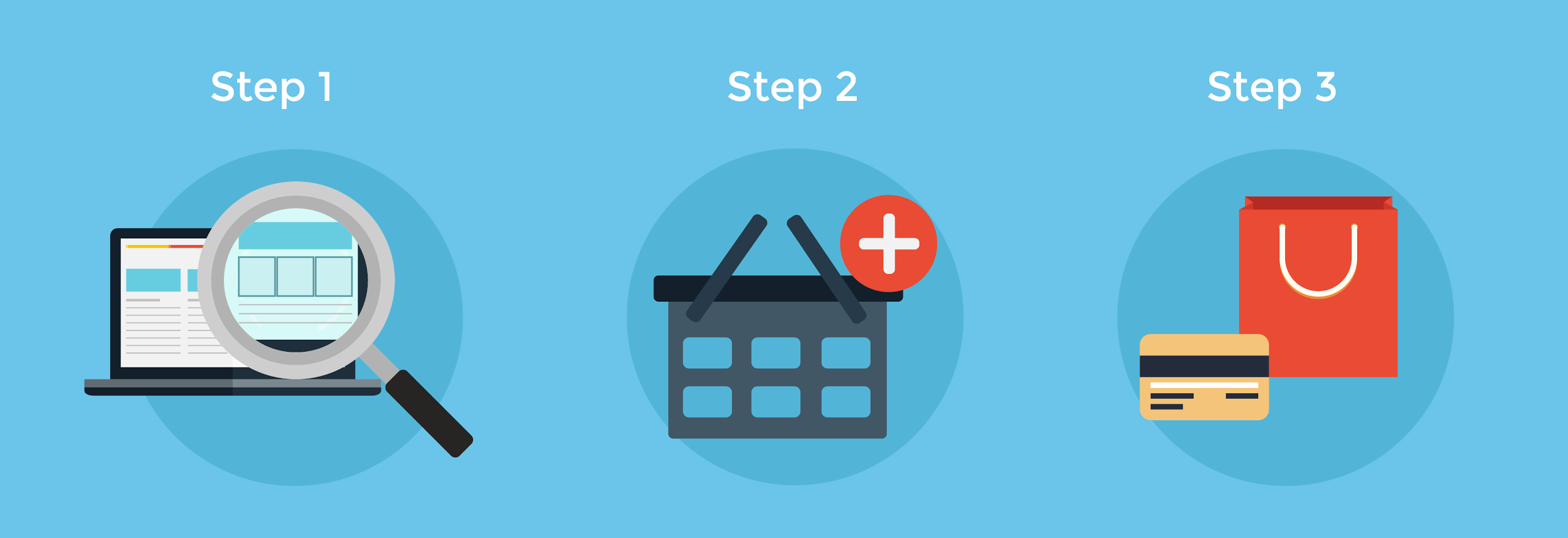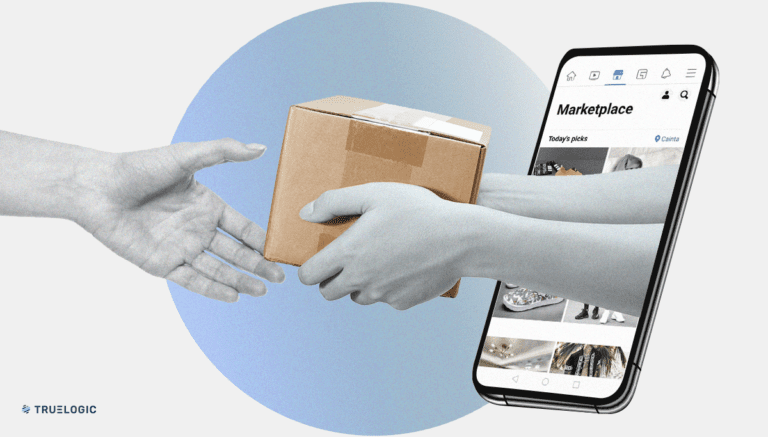Why Do Customers Abandon Their Online Shopping Carts?

Everyone’s done it at least a few times while shopping over the Internet. They find something they like, put the item in their cart, and then leave the site without completing the purchase. Abandonment is the biggest obstacle e-commerce sites have to contend with in their interactions with customers.
It can become a frustrating part of the business, as reports predict that as much as $4 trillion worth of merchandise will be left behind in carts this year. In addition, industry analysts only see the trend increasing and become an even bigger problem in the future.
It is behavioral psychology without the personal interaction. There aren’t any monitors that can help webmasters make the necessary recommendations to enforce positive change. But, not all is lost; there are very direct and simple ways for websites to counter things and slow down the abandonment rate.
Preserving the Three Steps
The beauty of shopping online is that it makes everything easy with a direct step-by-step process that anyone can follow. Search for an item, select it, and then conclude the purchase. Finding out what happens during the second and third step is all about identifying what took the directness of the process away.
After performing a visual survey of the checkout phase of many e-commerce sites, there are three common errors that webmasters can remedy today to improve abandonment rate. These errors are in purchase registration and hidden fees. These page elements derail the buyer from the state of mind of wanting to make a purchase, and impede the site’s progress.
More Contact, Less Information
The reasoning behind requiring buyers to register to the site before they can complete a purchase was actually sound when it was first formed. Site owners can better contact customers on the status of their purchases, buyers can continue making easy purchases, and analysts can track which items get the most attention.
This strategy backfired, though, as buyer concerns about online security and marketing spam trumped any convenience the measure offered. The added task of filling in the necessary data, and then receiving the confirmation e-mail also didn’t help, as it was too much work for something that was supposed to end with a single click.
The current strategy is to minimize the amount of information that the buyer will need to establish a reliable line of communication with the website until the transaction is complete. The best way to do this these days is to ask for phone numbers. This is the best overall strategy considering a growing number of transactions occur through mobile devices anyway; it streamlines the entire process without compromising contact.
Information Upfront
Other than asking for too much information, websites can also fall into the trap of trying to hide things buyers might want to know beforehand. Shipping fees are the best example to illustrate this situation as they have a tendency to jolt buyers out of a sale. Websites don’t “hide” the shipping fees per se, but most buyers feel that finding additional costs just before they ultimately complete the purchase as a betrayal of their trust.
Informing the customers of a shipping fee, either on the home or product pages, will set the proper expectations of what the purchase would actually cost. It doesn’t matter how much shipping actually costs, the timing of when the information came to light is a better indicator of how people will behave on the website.
It’s always difficult to predict what people will do online, but preserving the directness of the approach will do wonders for keeping customers around for longer.










